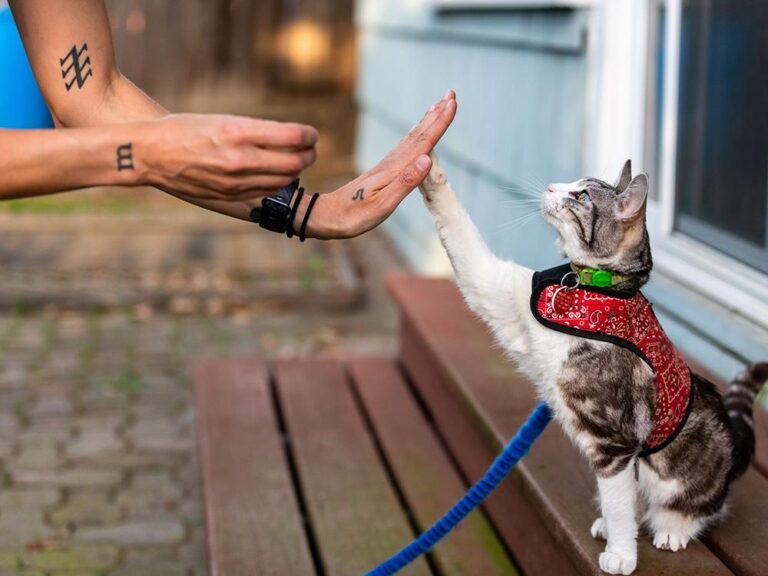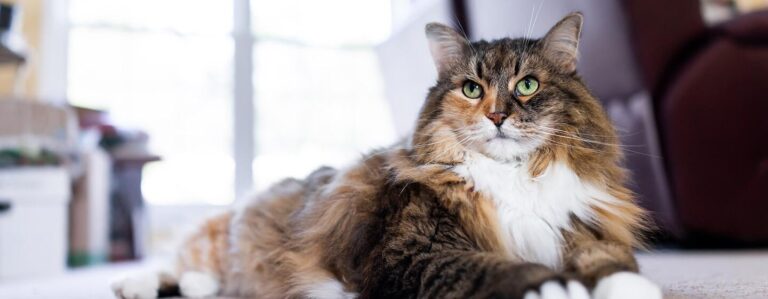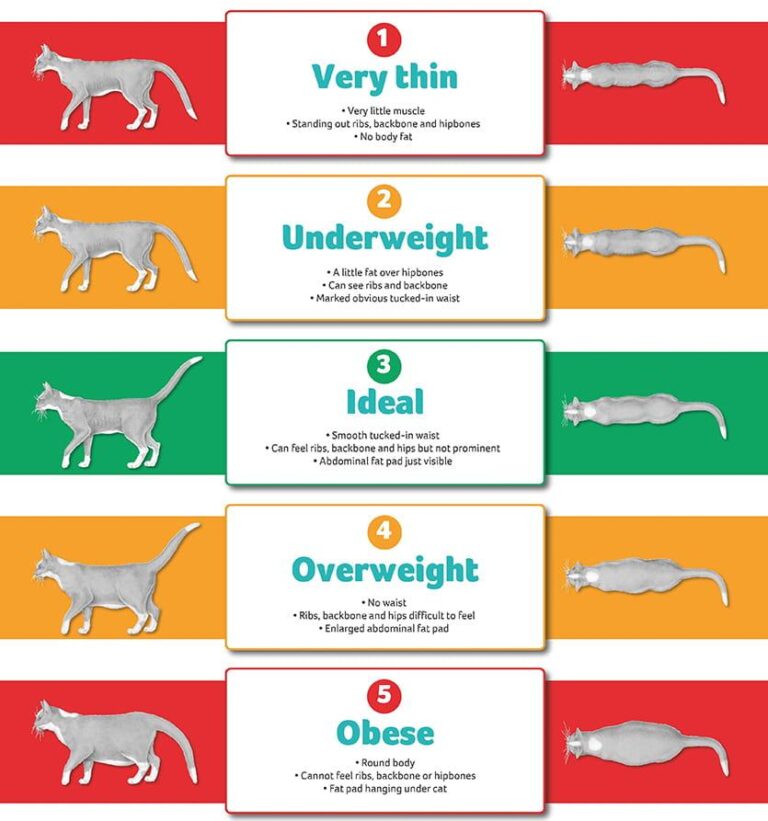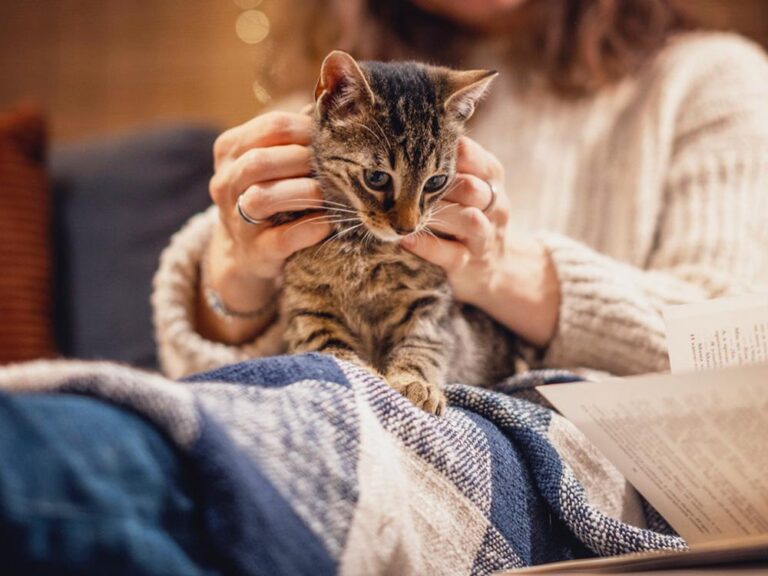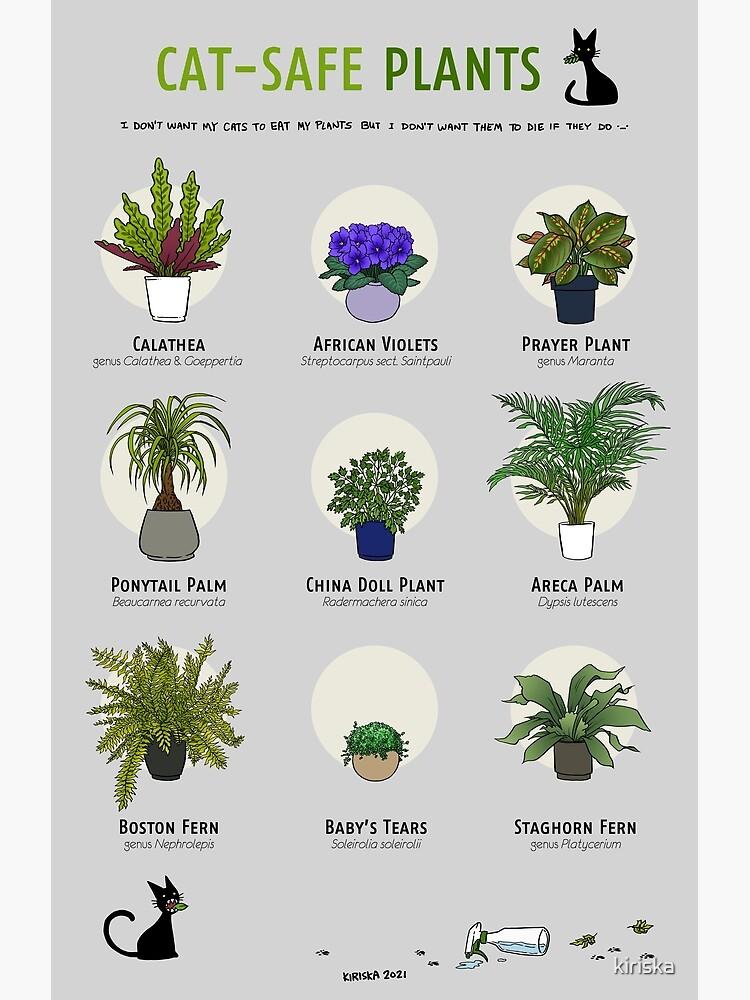Why Do Cats Chatter at Birds? Feline Hunting Instincts Explained
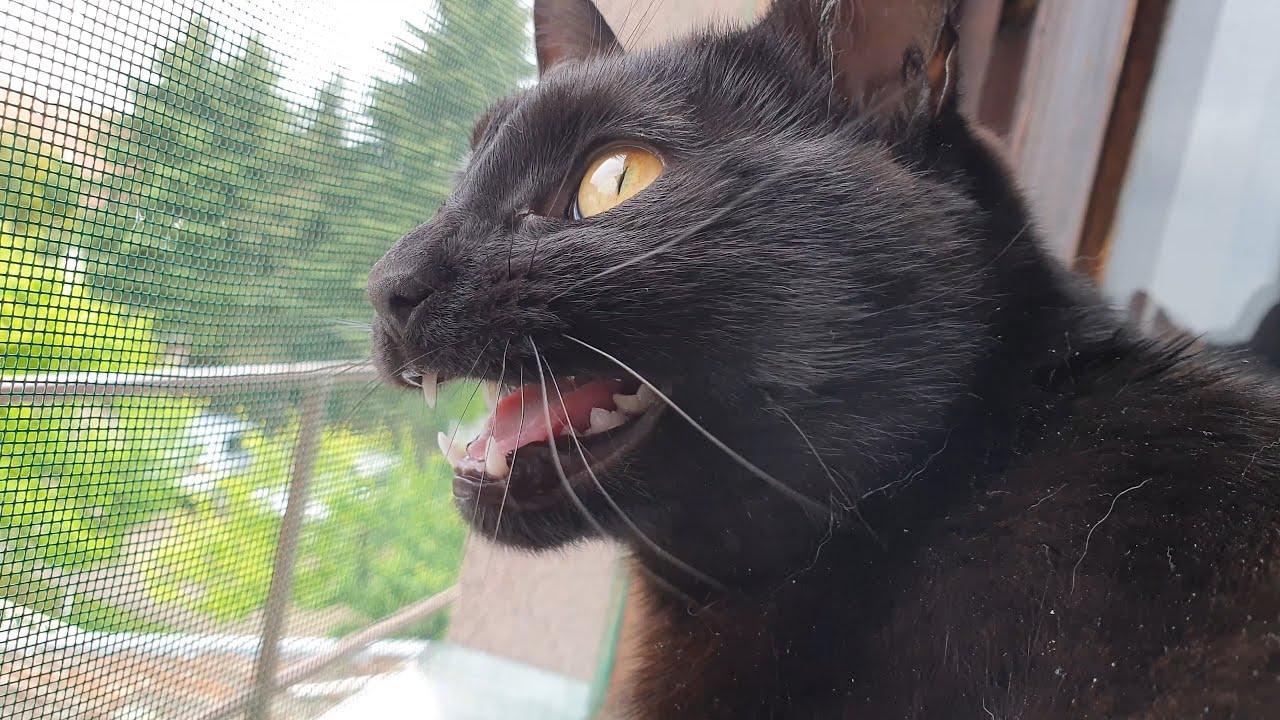
Why Do Cats Chatter at Birds? Feline Hunting Instincts Explained
Last updated: June 2025 | Reading time: 12 minutes
In This Article:
- What’s Behind Cats’ Chattering Sounds?
- Why Do Cats Chatter at Birds Specifically?
- How Does Chattering Reflect Feline Hunting Instincts?
- Can Chattering Be a Sign of Frustration or Excitement?
- How to Respond When Your Cat Chatters
- Our Top Picks for Keeping Outdoor Watching Cats Entertained
- Frequently Asked Questions
- Wrapping It Up with Cat Chattering Insights
- About the Author
Have you ever caught your cat making that odd, clicking sound while staring wide-eyed at a bird through the window? If you’re like me, this curious chattering noise sparks endless questions. I remember when my first cat, Whiskers, would sit on the windowsill, jaw trembling in that peculiar rhythm — it always made me wonder, “Why do cats chatter at birds?”
Over my 12+ years living with felines of all personalities, I’ve come to appreciate this quirky behavior as more than just a funny habit — it connects deeply with their wild hunting roots. In this post, I’ll break down everything I’ve learned from both my cats and feline experts about why chattering happens, what it means, and how to react when your kitty starts clicking away.
What You’ll Learn:
- The meaning behind the chattering sound cats make at birds
- How chattering reflects natural hunting instincts
- The difference between excitement and frustration in chattering
- Ways to enrich your cat’s environment to satisfy their predatory urges
Quick Answer:
Cats chatter at birds because the sound reflects their natural predatory instinct triggered by seeing prey they can’t reach. This chattering mimics a hunting behavior and can express both excitement and frustration. It’s a fascinating mix of instinctive preparation and an attempt to mimic the rapid jaw movements used for capturing prey.
What’s Behind Cats’ Chattering Sounds?
Simply put, cats chatter when they spot potential prey, like birds or squirrels, especially when they’re indoors and unable to chase. The sound itself is a series of rapid jaw clicks or chattering, sometimes accompanied by a twitching tail or intense stare.
In my experience, the first time I noticed this was when my rescue cat, Luna, would sit by the large garden window. She’d freeze, fix on a bird, and start that weird little chatter. At times, she seemed like she was “practicing” a bite.
Veterinarian Dr. Emily Harrington, a feline behavior expert, tells me that chattering is linked to the cat’s hunting sequence — a pattern of stalking, pouncing, and biting. The chatter represents a mix of adrenaline and instinct—a way cats prepare their jaws for the final catch.
Why do the jaw muscles twitch?
This rapid clicking simulates the movement cats use to kill prey quickly, such as the bite to the neck used in the wild. It’s fascinating that even domestic cats retain this behavior, despite not needing to hunt for food in modern homes.
Why Do Cats Chatter at Birds Specifically?
Birds trigger an especially strong reaction because cats see them as agile, quick prey. The chase is visually exciting and challenging, so cats get more worked up.
My boy, Jasper, a sleek tabby, is particularly obsessed with birds. I noticed he chatters far more often at birds than at small rodents or insects, like when we had a cricket visitor once.
Birds are the “ideal” prey in a cat’s mind: small, fast, and capable of flying away — which heightens the cat’s excitement and impulse to hunt. This causes cats to vocalize in anticipation, almost like a mix of excitement and frustration that they can’t physically grab them.
Image placement suggestion:
Image of a cat sitting by the window, focused intensely on a bird outside, jaw mid-chatter
Alt text: “Cat chattering at a bird perched outside a window as part of hunting behavior”
How Does Chattering Reflect Feline Hunting Instincts?
Chattering is part of what animal behaviorists call the feline predatory sequence. This sequence consists of:
- Stalking — Cats focus their attention and crouch low.
- Chasing — Visual and muscle preparation ramp up.
- Capturing — The bite or paw swipe to catch prey.
Chattering happens in the buildup phase — especially when the cat is stuck behind glass or otherwise unable to continue chasing. It’s almost like the cat’s brain is running through the motions, preparing to catch prey even if it can’t.
In my years working with vets and observing rescue cats, I’ve seen chattering as an outlet for pent-up predatory energy. It’s not just random noise — it’s embedded deep in feline instincts.
Pro tip:
Create safe, engaging playtime sessions mimicking hunting (using toys that “fly” or flutter) to satisfy these instincts and reduce indoor frustration.
Can Chattering Be a Sign of Frustration or Excitement?
Yes! Cats often chatter due to a mix of emotions — primarily excitement mixed with frustration.
In my experience, the difference is subtle but noticeable. Excited chattering comes with wide eyes, focused gaze, and rapid clicks — signaling anticipation. Frustrated chattering might be paired with tail flicking, restlessness, or even pacing.
Dr. Felicity Bass, a certified feline behaviorist, explains that this frustration can stem from “prey thwarted by barriers.” Chattering then acts as an emotional release.
If your cat chatters frequently when looking out a window or door, it’s a hint they want more physical activity or environmental enrichment to prevent stress.
How to Respond When Your Cat Chatters
Wondering what to do when your kitty starts making those weird clicking sounds? Here are some practical steps I always recommend:
- Don’t startle or scold your cat. Chattering is natural, so let them enjoy the experience safely.
- Offer interactive play — use wand toys or laser pointers to mimic bird movements right inside your home.
- Provide visual entertainment — bird feeders or safe window perches offer mental stimulation.
- Consider safe outdoor access like a “catio” or leash walks, if feasible.
- Monitor for stress signs — if chattering comes with aggression or anxiety, talk to your vet.
By acting on these, you support your cat’s natural drive without letting frustration build up.
Our Top Picks for Keeping Outdoor Watching Cats Entertained
1. Cat Dancer Interactive Wand Toy
Best for: Mimicking fluttering bird flight indoors
Why we love it: Durable, easy to use, promotes natural hunting play
Best for: Cats who love chasing fast-moving objects
Consider if: Your cat chatters because of unmet hunting instincts
[Check Price on Retailer]
2. Window Mounted Bird Feeder
Best for: Bringing live birds safely close to your cat’s view
Why we love it: Stimulates natural behaviors, non-stressful entertainment
Best for: Indoor cats that lack outdoor access
Consider if: You want to enrich your cat’s environment mentally
[Check Price on Retailer]
3. Adventure Kitty Outdoor Harness and Leash
Best for: Safe outdoor explorations encouraging real hunting senses
Why we love it: Adjustable, secure, comfortable for cautious cats
Best for: Owners willing to train their cats outdoors
Consider if: Your cat’s chattering is linked to outdoor frustration
[Check Price on Retailer]
Frequently Asked Questions
Why does my cat chatter but never tries to attack the bird?
Chattering is often a predatory preparation behavior rather than a direct attack intent, especially if the prey is unreachable (such as behind a window). It’s a mix of excitement and anticipation without the physical outlet.
Do all cats chatter at birds?
Not all felines chatter, but many indoor cats do when stimulated by fast-moving prey like birds. Each cat’s personality and hunting experiences play a role.
Is cat chattering harmful or a sign of anxiety?
Chattering itself isn’t harmful—it’s a natural instinct. However, if paired with stress behaviors, consult your vet to ensure emotional well-being.
Can chattering be trained away?
Rather than eliminating chattering, it’s better to redirect the behavior with appropriate play and environmental enrichment. Chattering is part of feline nature and shouldn’t be suppressed.
Does chattering only happen with birds?
Mostly yes, but cats sometimes chatter at other small animals when excited or frustrated they can’t catch them.
Wrapping It Up With Cat Chattering Insights
- Cats chatter at birds because it’s connected to their deep-rooted hunting instincts.
- The sound mixes excitement with a bit of frustration when actual catching isn’t possible.
- Chattering mimics the jaw movements used for hunting and killing prey in the wild.
- Supporting your cat with interactive toys and visual stimulation reduces stress and enriches their mental health.
- Pay attention if chattering signals anxiety, and consult a vet if needed.
I hope these insights help you understand your cat’s quirky chatter a little better. Next time you hear that clicking noise, you’ll know you’re witnessing a fascinating part of feline nature! Got a chattering cat story? Drop a comment below or share this with your fellow cat lovers.
Related Reading:
- [Understanding Your Cat’s Hunting Behavior]
- [Best Toys for Indoor Cats With Predatory Instincts]
- [How to Reduce Cat Anxiety and Stress]
I’ll keep updating this guide as I learn more from experts and fellow cat parents — so stay tuned!
About the Author
Hi, I’m Jamie—a lifelong cat enthusiast and pet blogger with over 12 years of experience living with and caring for cats. From feisty kittens to laid-back seniors, I’ve learned to appreciate every quirky behavior, especially that mysterious cat chatter! I love sharing real-world tips and understanding cats through expert insights, helping you offer the best care possible.
Cat Chattering Behavior Checklist
- [ ] Observe when and why your cat chatters (bird spotting, indoor frustration)
- [ ] Provide interactive hunting-style play daily (at least 10-15 minutes)
- [ ] Set up a window perch or bird feeder for mental stimulation
- [ ] Consider safe outdoor time or harness walks if possible
- [ ] Monitor for signs of distress or anxiety related to chattering
- [ ] Consult a veterinarian if behavioral concerns arise
Thanks for reading! May your feline friend enjoy many peaceful, chattering bird-watching sessions.


